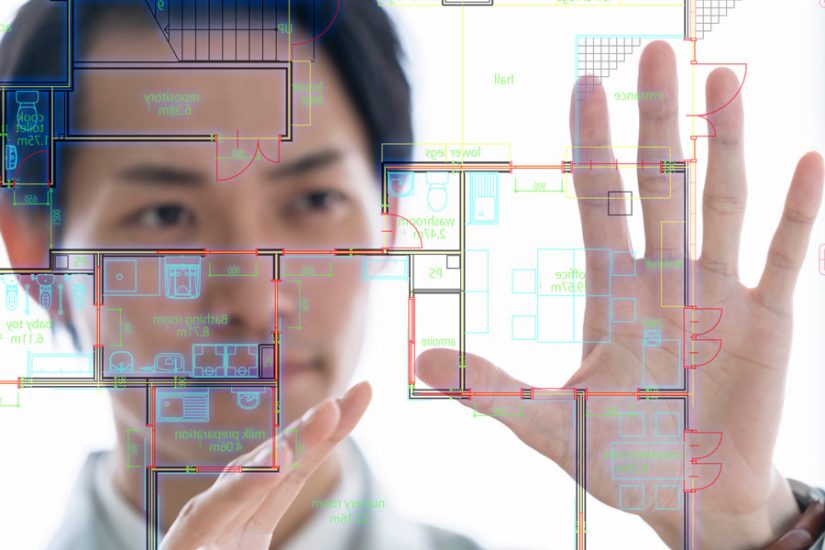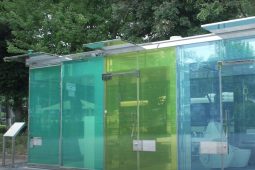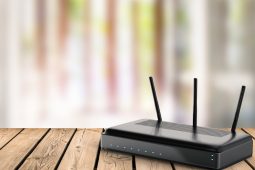No-Touch Touch Panels Draw Attention as a Contact Infection Countermeasure
To avoid exposure to the new coronavirus infection (COVID-19) it is important to guard against droplets produced by breathing, respiration and coughing, and also to prevent contact infection via the hands and fingers.
That’s why in addition to such measures as keeping one’s social distance, wearing a mask when around other people, and maintaining proper ventilation, other measures such as not touching one’s face with one’s hands and frequent hand washing are also recommended.
However, whenever you go out, you will undoubtedly touch things that an untold number of people have already come into contact with, such as doorknobs, handrails, and the hand straps in trains and buses, and in this way you may well come into contact with the virus. As bank ATMs are operated with touch panels, they can also act as a viral vector.
Therefore, as an infection prevention measure, an incredible touch panel called the Human Machine Interface (HMI) is drawing much attention because it can be operated without touch.
Pushing Buttons in the Air
What could it mean to operate a touch panel without touch? The answer is the HMI device which combines a technology that projects images with another that detects finger positions, to enable the touch operation of virtual buttons that float in the air.
Seeing is believing, so let’s take a look at the Advanced Floating Image Display contactless HMI technology released by Maxell.
The contactless HMI device developed by Maxell is a virtual numeric keypad floating in the air which can be operated by pushing the buttons. This floating numeric keypad is displayed by means of light shining in a fixed direction using Maxell’s Laser Like Image Source (LLIS) technology and reflected by a retroreflector. Sensors capture and analyse the position of fingers and can judge whether they have pushed the virtual buttons.
Although we talk about pushing buttons, as there is no physical touch panel or buttons and one’s fingers simply touch the air, there is zero risk of contact infection. This technology will be an effective means of infection control at locations such as banks, commercial centers, and transportation facilities, where devices used by many people are necessary.
Furthermore, as one’s fingers leave no traces on virtual buttons, and the projected image cannot be seen from the side, it is impossible for another to determine which buttons were pressed, which is an effective security measure.
The key to the mid-air display is the retroreflector
The retroreflector used in Maxell’s mid-air display device is a component that reflects incident light in the same direction. This material is often used for road signs and bicycle reflectors. Maxell’s retroreflective sheets were provided by Nippon Carbide Industries.
Nippon Carbide Industries has commercialized the retroreflector as an Aerial Display Reflector. Since it is an indispensable component for devices that display mid-air images, in addition to Maxell, Hitachi-Omron Terminal Solutions and Mitsubishi Electric have also adopted its use for contactless touch panels.
All of these contactless HMI devices are scheduled for commercial production in the near future. If such devices become more widely popular, it will greatly contribute to the control of situations like the COVID-19 pandemic.








